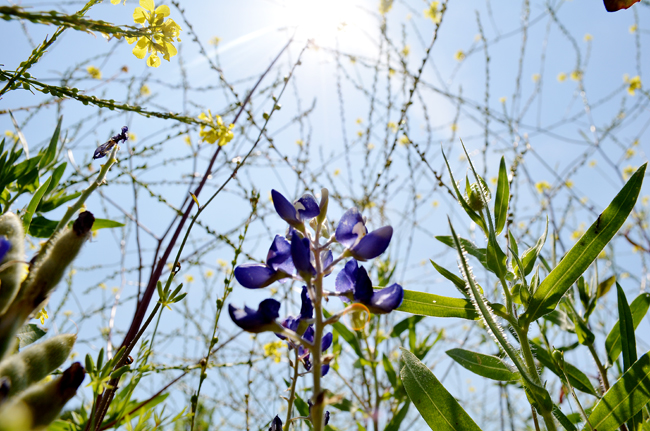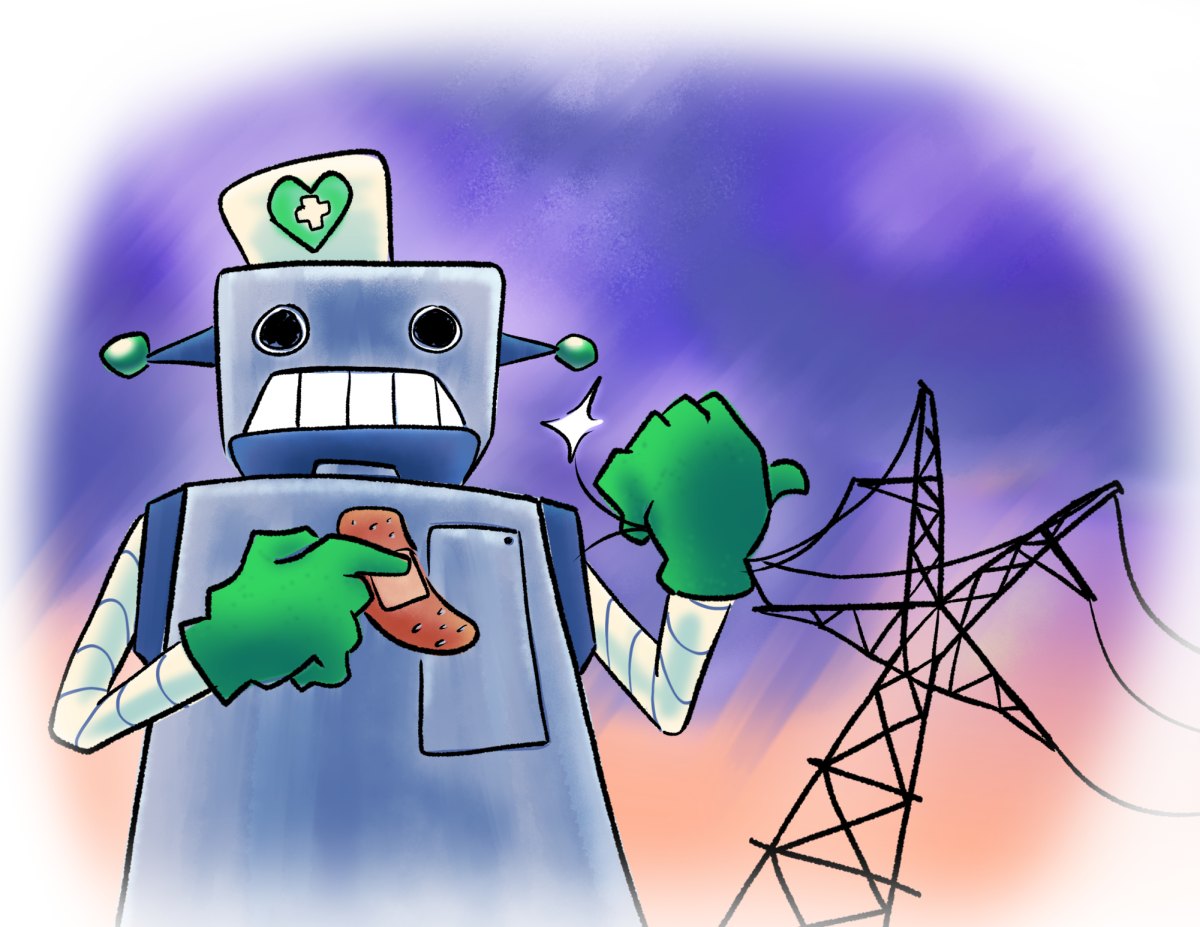Beloved Texas bluebonnets and other wildflowers may be threatened this season by an appropriately named pest: bastard cabbage.
Bastard cabbage, an invasive weed that originated from the Mediterranean region, has taken over many areas typically covered by native wildflowers, said Dennis Markwardt, director of vegetation management for the Texas Department of Transportation.
While bastard cabbage has long been a problem in Texas, Markwardt said a combination of factors have made growth of the weed especially prevalent this year.
“There were perfect growing conditions for it this year,” he said. “With last year’s drought, we lost a tremendous amount of grass, and then we’ve had a wet and mild winter this year.”
The weed grows in the same areas that wildflowers typically blossom, which may mean fewer wildflowers as the weeds continue to spread, Markwardt said.
“It’s out there competing with our wildflowers,” he said. “And in most cases, it out-competes them.”
Markwardt said action has been taken in the past to control the weed, usually in the fall as the seeds germinate.
“In a lot of cases, we’ve gone in there and sprayed to control it,” he said. “But this year it was just too much and too widespread.”
While preventative measures will be undertaken in the fall, Markwardt said his department has engaged in spot mowing to clear out some of the weeds, which can grow up to four feet tall.
“It’s spread throughout the state; the worst has been from San Antonio up to Waco,” he said. “It’s very unsightly.”
Srimahitha Kaliki, secretary of Longhorn Gardeners and biomedical engineering graduate student, said the bastard cabbage weeds grow faster than wildflowers and take nutrients out of the soil, resulting in the deaths of other plants.
“These weeds are depleting the supply of nutrients and beating out the wildflowers,” she said. “If the native plants are dying, that’s obviously not a good thing.”
She said her club spends hours ripping the weeds out of the soil in order to deplete the garden of them and allow room for growth of other plants, including beneficial wildflowers, which improve the soil.
Damon Waitt, director of the Native Plant Information Network at the Lady Bird Johnson Wildflower Center, said a strong season for bluebonnet growth also supports the growth of the destructive weeds.
“We had a good bluebonnet season, so it also helped the bastard cabbage,” he said. “It was kind of a mixed blessing.”
Herbicide treatments, a common and relatively inexpensive way to clear out the weeds, can also clear out the wildflowers, he said. The bastard cabbage blooms slightly earlier than the wildflowers, which may make it possible to clear out the weeds without harming the wildflowers, he said.
“There may be a short window of opportunity, and the highway department will be trying to take advantage of that,” he said.
Community response to the threatened wildflowers has been tremendous, reflecting an expected but genuine love of the state flower, Waitt said.
“It’s been great,” he said. “People are raring to go and do something about it. I think it really hit home for people because of the connection to the bluebonnets.”
Many community members have contacted the highway department offering to help, while others have shown interest in a bastard cabbage-pulling event, he said.
“We’ve been encouraging people to pull it and get rid of it if they come across it,” he said.
Despite its humorous name, Waitt said he feels the name encompasses the annoyance and danger of the bastard cabbage.
“I kind of think it’s a perfect name,” he said. “If it had a nice name, I don’t think people would be as worried about it.”





















